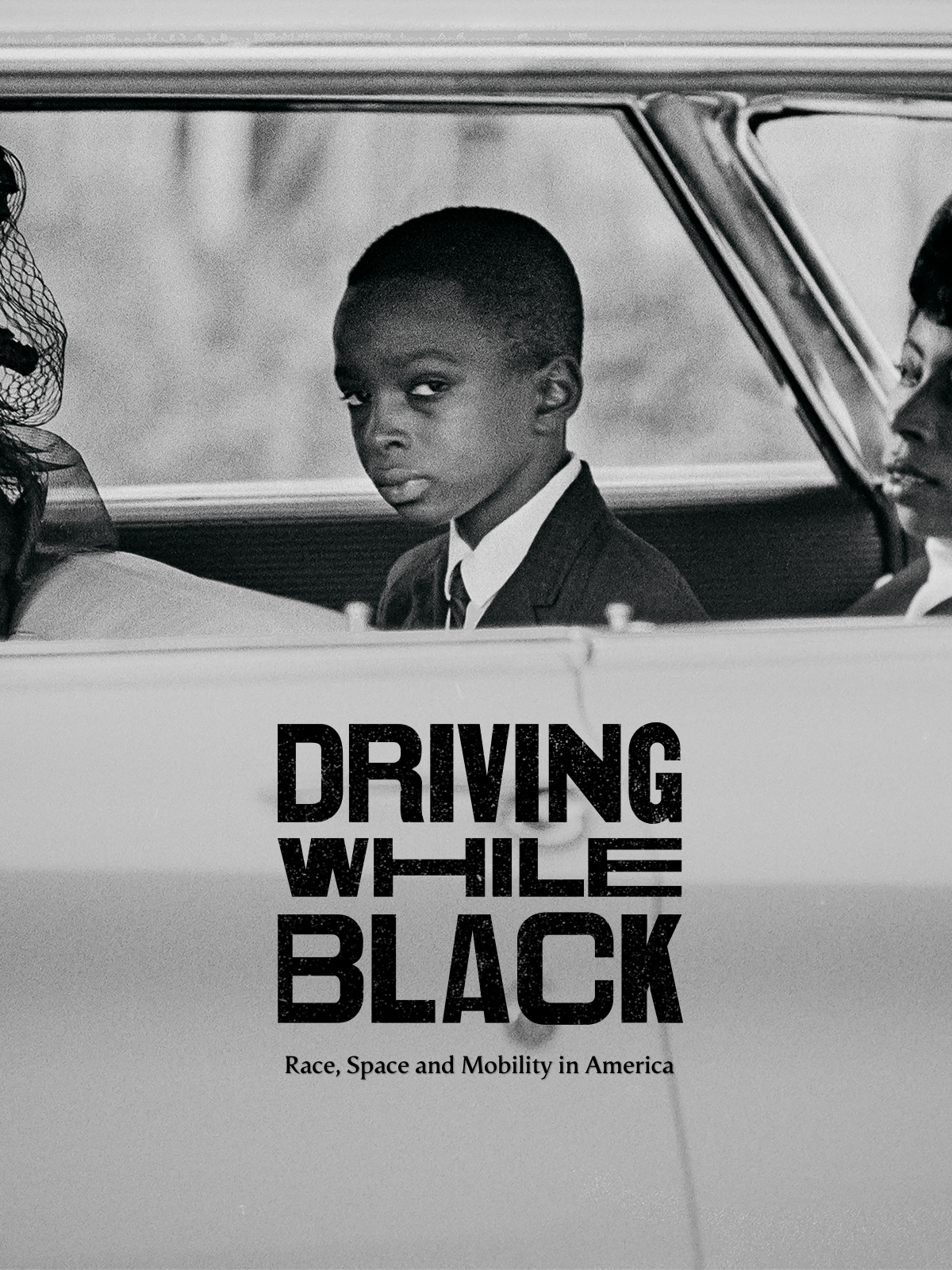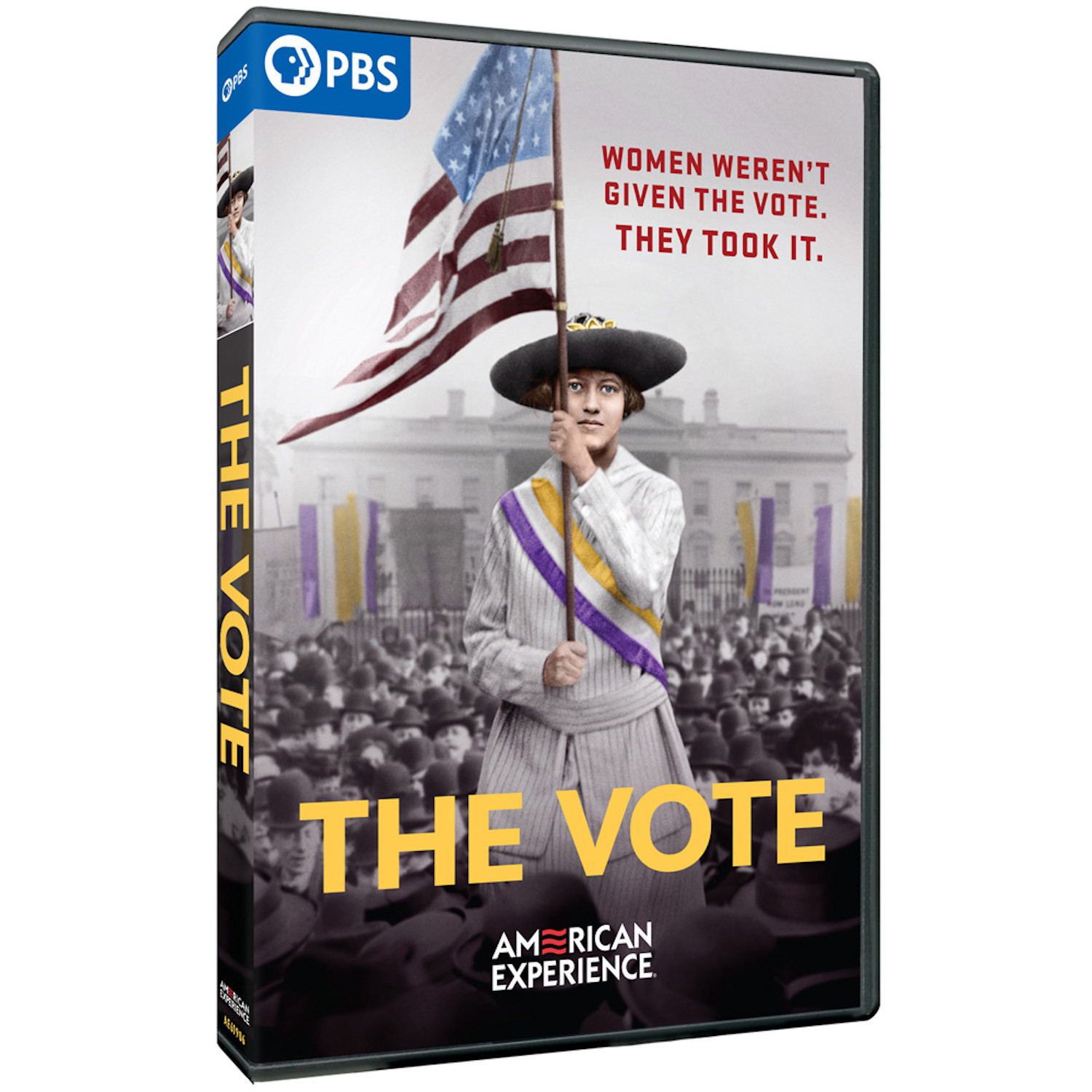
Driving While Black: Race, Space and Mobility in
America is a documentary film which premiered on US television (PBS) in
October 2020.
Driving While Black is a relatively new concept which was
coined in the 1990s, but the essence of the concept can be traced further back;
all the way to the early decades of the 20th century when ordinary people in
the US were able to buy a car. White people from the 1920s and black people
from the 1930s.
In this film, this concept is placed in a political,
economic, cultural and social context.
The subtitle - Race, Space and Mobility in America -
is significant. In this film, the three keywords - Race, Space and
Mobility - are placed in a historical context, going all the way back to the
founding of the United States in 1776.
Here is some basic information about this film:
** Directors: Gretchen Sorin and Ric Burns
** Executive producer: Margaret Munzer Loeb
** Original music composed by Brian Keane
** Run time: 115 minutes
Many persons are interviewed in the film. Most of them
belong to one of the following three categories:
(1) Experts who study and write about the topic.
(2) People who are or were active in the hospitality
business.
(3) Travellers who visit and use restaurants and
hotels.
I am going to mention all names, even though the list
is quite long. Here are the names, in alphabetical order:
** Vernell Allen – a hairdresser
** Eric Avila – historian – author of The Folklore of
the Freeway: Race and Revolt in the Modernist City (2014)
** Tamara Banks – a journalist
** Herb Boyd – historian – author of Black Detroit: A People’s
History of Self-Determination (2017)
** Leah Chase – owner of Dooky Chase’s Restaurant
** Spencer Crew – interim director of the National
Museum of African-American History & Culture
** Valerie Cunningham – preservationist – founder of “The
Black Heritage Trail”
** Walter Edwards – chairman of the Harlem Business
Alliance
** Lolis Elie – a writer and a filmmaker
** Carolyn Finney – cultural geographer – author of
Black Faces, White Spaces (2014)
** Kathleen Franz – historian, Smithsonian Museum of
American History
** Howard Glener – a real estate salesperson
** Alvin Hall – creator and host of the podcast
“Driving the Green Book”
** Allison Hobbs – historian, Stanford University
** Gary Jackson – a Denver County Court Judge
** Ken Jackson – owner of the Dew Drop Inn
** Kenneth Jackson – historian, Columbia University
** Nancelia Jackson – a Lincoln Hills Resident
** Allison Rose Jefferson – historian – author of
Living the California Dream: African-American Leisure Sites during the Jim Crow
Era (2020)
** Ellis Marsalis – a musician
** Yvette Marsalis – daughter of Ellis Marsalis
** Stella Chase Reese – manager of Dooky Chase’s
Restaurant
** Jennifer Reut – historian – founder of “Mapping the
Green Book”
** Fath Ruffins – historian, Smithsonian Museum of
American
History
** Gretchen Sorin – historian – co-director of this
film - author of Driving While Black: African-American Travel and the Road to
Civil Rights (2020)
** Mae Stiger – a Five Points business owner
** Thomas Sugrue – historian, New York University
** Candacy Taylor – cultural documentarian – author of
Overground Railroad: The Green Book and the Roots of Black Travel in America
(2020)
** Christopher West – historian, Pasadena City College
** Craig Steven Wilder – historian
Archive footage (clips and photos) is used between the
talking heads. Archive footage is used to illustrate the statements given in
the interviews.
In the US, a white man (or a white woman) can buy a
car. A white family who have a car, can go everywhere they want in the US.
When they need gas, they can stop at a gas station.
They will get service. No problem. They can use the restroom (the bathroom, the
toilet). When they are hungry, they can stop at a restaurant. They will get
service. No problem. At the end of the day, they can stop at a hotel. They can
check in. They will get a room. No problem. It has been this way for one
hundred years.
In the US, a black man (or a black woman) can buy a
car. A black family who have a car can go (almost) everywhere they want in the
US.
When they need gas, they can stop at a gas station,
but maybe they will have a problem. Maybe there is no service! Can they use the
restroom? Maybe not! When they are hungry, they can stop at a restaurant, but
maybe they will have a problem. Maybe there is no service! At the end of the
day, they can stop at a hotel. Can they check in? Maybe not! Maybe no room! It was
this way for decades.
Several guidebooks were published to help and assist
black families who were on the road, hoping to enjoy the freedom that comes
with having a car. The freedom which was always given to a white man but not
always given to a black man.
The Negro Motorist Green Book (colloquially known as the
Green Book) was the most famous of them all. It was produced annually for 30
years, from 1936 to 1966.
The book is named after the founder and editor Victor
Hugo Green (1892-1960), a postal worker who lived in Harlem, New York City.
Green realized that black travellers faced a number of
serious problems when they wanted to travel in the US. Therefore, he decided to
list establishments where people of colour were welcome; where they would be
served and not be chased away with angry words.
His book was vital for black travellers. Without the
information found in this book, they might not have survived the trip!
Obviously, the Green Book is mentioned and praised many
times by the people who are interviewed in this film. But this film is not only
about the Green Book and its significance. It is much more than that. In fact, the
book is not even mentioned during the first 30 or 40 minutes when the
historical background of the topic is being presented. But once it has been
introduced, the book features heavily in the remaining part of the film.
Driving Under the Influence of Alcohol (DUI) is
illegal. It is a violation of the law. A driver who is guilty of DUI must be
stopped and must be punished, because he is a danger to himself and to others.
This is fair and just.
Driving While Black is a pun, based on the real term
DUI. Driving While Black is not illegal. It is not a violation of the law. But
according to many white police officers in the US, it is a violation of an
unwritten law.
The unwritten law says a white man may buy a car and
enjoy the freedom of having a car. A black man may also buy a car, but he is
not allowed to enjoy the same freedom as the white man. The black man must be
stopped. He must be put in his place. To do this we can use a traffic stop.
We need probable cause to stop him. Maybe he has a
broken tail light; maybe he failed to signal when changing lanes. Once he is
stopped, the show can begin. The black man must be humiliated and intimidated.
We will search his car. Maybe we will find something
illegal. If not, we may plant an illegal item in his car and when we discover
this, we will use it against him. If the situation escalates, he may be beaten
up or even killed.
This is the reality of Driving While Black in America.
What do reviewers say about this film?
On IMDb it has
a rating of 49 percent, which corresponds to 2 and a half stars on Amazon.
I cannot understand why the rating is so low. It is far
too low. This film covers a serious problem in American history and American
society and the issue is covered in great detail.
If you ask me, this film deserves a much better
rating. To support my case, I will mention two reviewers who understand this
point:
** S. James Wegg, “Angry, tired and numb,” JWR Articles, 15 October 2020. This review offers four and a half stars, which corresponds to a rating of 92 percent.
** Tambay Obenson, “Driving While Black Review: Skip Green Book and Watch This Instead,” IndieWire, 13 October 2020. The title of the review says it all.
If this film must be criticized, I would say that the
number of people who are interviewed is too high.
The filmmakers could have
conveyed their message just as well - or perhaps even better - if they had
reduced the number of people interviewed to 20 or 15.
Watching 30 people being interviewed in short clips is
a bit overwhelming.
It is not necessary to show as many witnesses as possible.
A lower number can do the job just as well – and sometimes even better - because
it is easier to remember who is who.
Be that as it may, I want to go all the way to the top
with this product. I think it deserves a rating of five stars (100 percent).
If you are interested in the conditions of the modern
world – in particular the question of human rights – this film is definitely
something for you.
PS # 1. Ric Burns (born 1955) is the younger brother
of the famous filmmaker Ken Burns (born 1953).
PS # 2. The following book is highly relevant for the topic: Traveling Black: A Story of Race and Resistance by Mia Bay (2021)
PS # 3. Green Book is a historical drama which
premiered in 2018. It is about a road trip to the south of the US in the 1960s.
While the drama is named after the Green Book, the book itself is almost never mentioned
and its significance for black travellers is not really explained.
For details about the controversy connected with this
drama, see the following item:
Elena Nicolaou, “The Backlash to Green Book, Explained,” Refinery29, 25 February 2019.
*****

The cover of the book on which the film is based:
Driving While Black
by Gretchen Sorin (2020)
*****


![Bombshell [Blu-ray] [2020]: Amazon.co.uk: Charlize Theron, Nicole Kidman, Margot Robbie, John Lithgow, Kate McKinnon, Allison Janney, Connie Britton, Malcom McDowell, Jay Roach, Charlize Theron, Nicole Kidman: DVD & Blu-ray](https://images-na.ssl-images-amazon.com/images/I/91HWCgqkYbL._AC_SL1500_.jpg)




